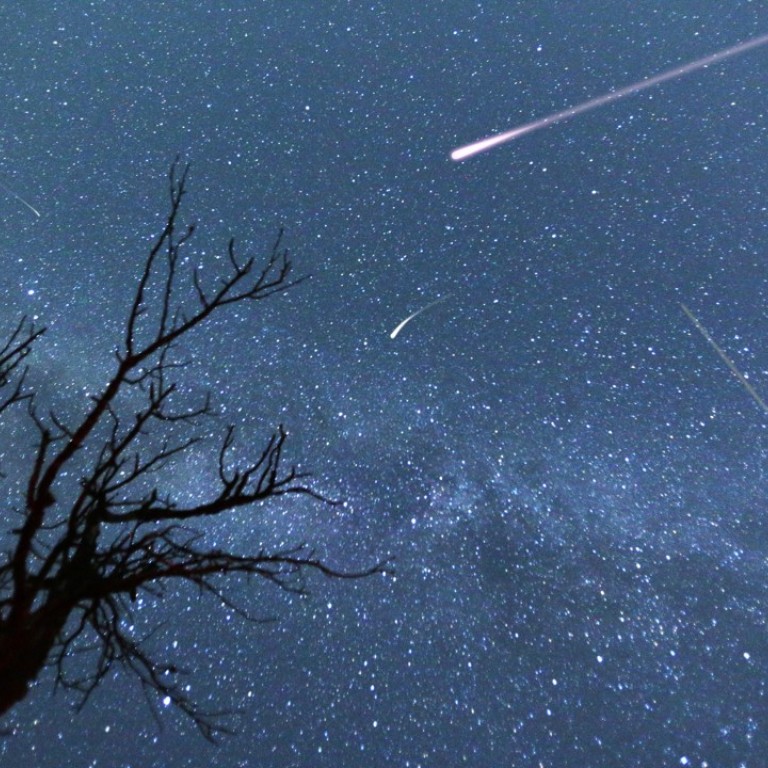
Perseid meteor shower: best places in the world to see it, including Hong Kong – hope for a cloudless night
This year is apparently a good one to watch the annual Perseid meteor shower as the moon will set before it starts, meaning less light to obscure the view. Here are some of the best places to catch the spectacular sight
If you only stare up at the night sky once this summer, make it the weekend of August 11 to 13. The Perseid meteor shower will burst into light for a few hours around midnight early on the Sunday and Monday mornings, bringing bright, streaking shooting stars to dark skies all over the world.
An annual event beloved of astronomers, stargazers and nature lovers, the Perseid meteor shower is caused by Earth’s orbit around the Sun taking it through a stream of dust and debris left over by the Swift-Tuttle comet, which last passed through the solar system in 1992.
In pictures: photographers show how to shoot Hong Kong’s night skies
It is named after the constellation of Perseus, which is where the meteors appear to radiate from. As Earth moves through the stream, particles called meteoroids hit its atmosphere and briefly energise to become shooting stars.
Seeing a bright meteor streak across the night sky is an incredible sight that requires only the naked eye to observe. And this year is apparently a particularly fine year to see the Perseids because the moon will set just before the shower starts, says Diego Janches, a research astrophysicist at Nasa’s Goddard Space Flight Centre in Maryland, US.
“It promises to be a spectacle worth seeing,” Janches says. “Just after midnight is when the activity should become interesting.”
The Hong Kong Space Museum advises that observers look skywards between 9.30pm on 12 August and 5am on 13 August. It also says that local observation conditions in Hong Kong are rated as excellent, though it is referring to the lack of moonlight rather than the likelihood of clear skies.
Although this meteor shower peaks on the weekend of August 11 to 13, it has been visible since July 17. The meteors will continue to be visible every night until August 24.
So where are the best places in the world to watch? “Anywhere in the northern hemisphere, although you could probably catch some activity down to mid-southern-hemisphere latitudes,” Janches says. “The darker the place is, and the clearer the sky, the better show you will have. So go out as far as possible from city lights and to dry places where you can ensure no clouds.”

Janches adds that if observers only want to observe “bright bolides” – a meteor as bright as a full moon – then light pollution is not as big of a problem as usual. This means it may be possible to see one from Hong Kong, or any large city in the northern hemisphere.
From really dark places observers should be able to see around 50 meteors per hour, perhaps even more, Janches says. “Just find a quiet place, dark and with clear skies,” he says. “Make sure you have a wide view of the sky with as few obstructions as possible, lay down, look up, and enjoy the view.”
8 of the best places for stargazing in Asia
Although the Perseids meteor shower is one of the most reliable of the year, there are other showers you can look out for. The biggest meteor shower this year in terms of meteors per hour is the Geminids (peak viewing time: December 13 and 14, 2018), when it should be possible to see up to 100 bright, colourful shooting stars under the expected moonless sky. Also occurring under moonless skies in the next 12 months are the Quadrantids (January 3 and 4, 2019) for 40 per hour, the Lyrids (April 22 to 23, 2019) for 20 per hour, and the Eta Aquarids (May 6 to 7, 2019) for as many as 60 per hour.
Here are some of the best destinations with dark skies around the world where shooting stargazers can expect to get a great view of the Perseids.
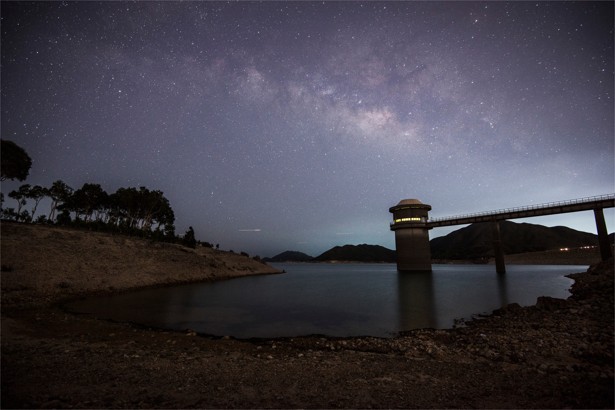
1. Sai Kung High Island Reservoir, Hong Kong
One of the 12 main sites in Hong Kong’s Unesco Global Geopark, the High Island Reservoir in Sai King is always a popular spot for people who want to see the Perseids meteor shower. The Hong Kong Space Museum’s Astropark at the reservoir’s Chong Hing Water Sports Centre has an observation area for stargazing, while further on the west and east dams, and the Long Ke Wan Campsite in Sai Kung East Country Park, are also good spots.
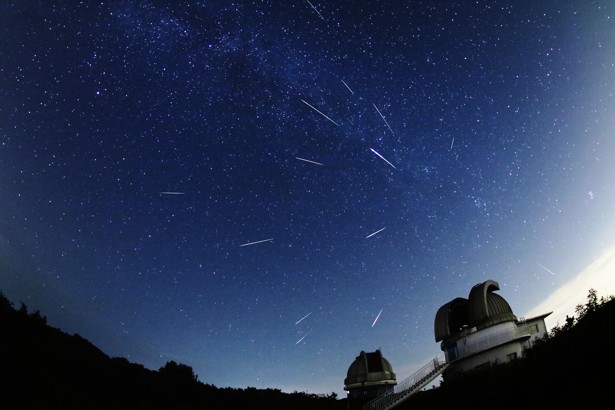
2. Iriomote-Ishigaki National Park, Okinawa Prefecture, Japan
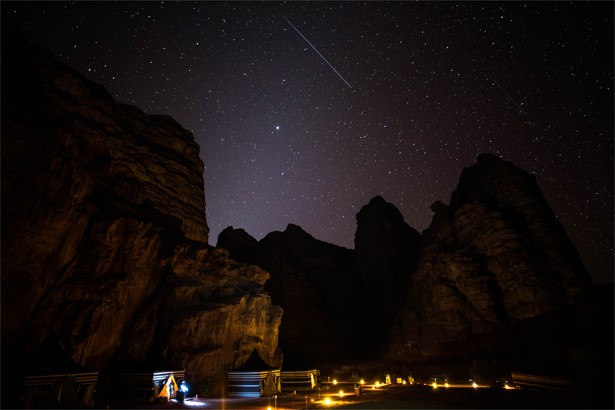
3. Wadi Rum, Jordan
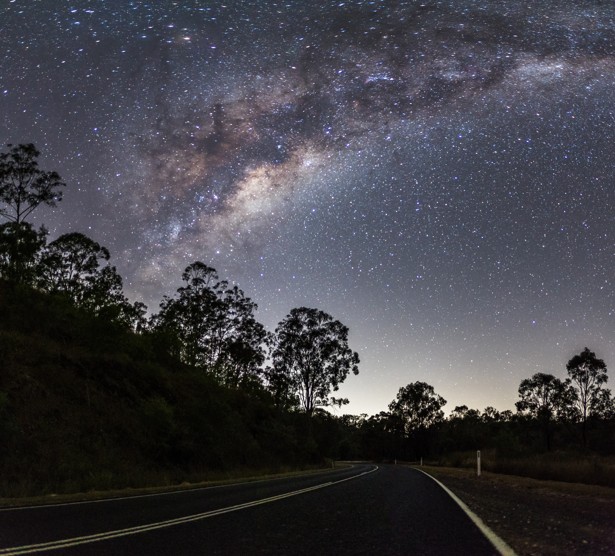
4. Outback, Queensland, Australia
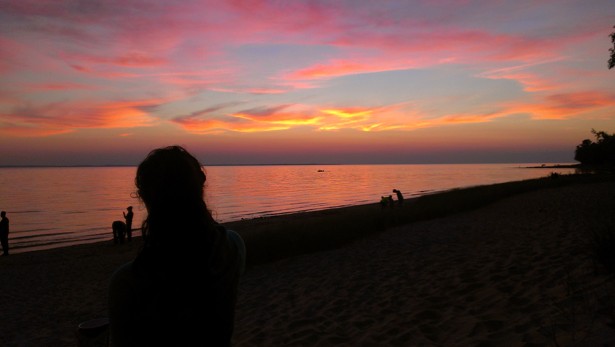
5. Headlands International Dark Sky Park, Michigan, US
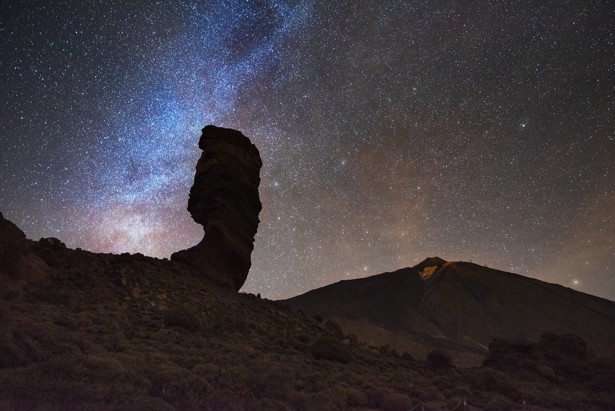
6. Mount Teide, Tenerife, Canary Islands, Spain
1,000 drones dominate China’s night sky in record-breaking display
The sparkling night skies around the 3,718-metre peak have earned the Teide National Park “Starlight Reserve” and “Starlight Tourist Destination” status from Unesco. The nearby islands of Fuerteventura and La Palma have similar statuses.

